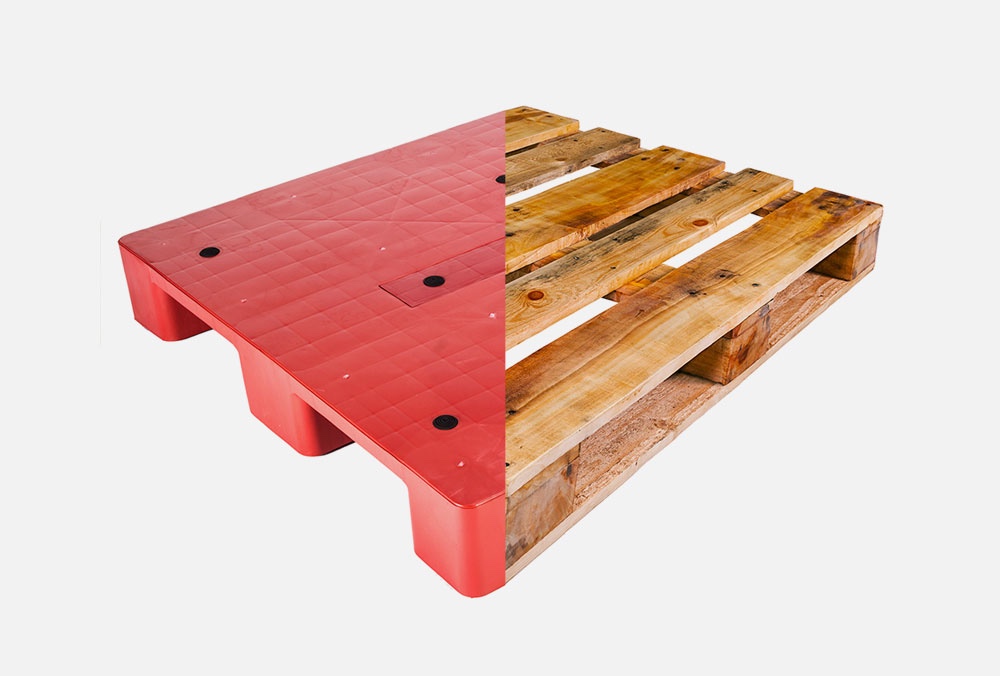If your business involves shipping or warehousing, you’re probably familiar with pallets. Like shipping containers, pallets are essential for transporting products worldwide and ensuring their safe storage. They play a vital role in logistics, aiding in the handling, transportation, and storage of bulk goods while protecting your items. When it comes to choosing the right pallet for your operation, it’s important to weigh the pros and cons of different materials. Let’s take a closer look at what pallets are and explore the benefits and drawbacks of wooden pallets.
What is a Pallet?
At its core, a pallet is a flat platform designed to facilitate the handling, transportation, and storage of products. Whether you’re stacking goods in a warehouse or shipping items globally, pallets are crucial for keeping your products safe and secure. Pallets are also designed for efficient stacking, meaning they can support the weight of other pallets stacked on top without damaging the goods within. Now, let’s examine the unique advantages and disadvantages of wooden pallets.
Benefits of Wooden Pallets
- Easy to Repair: One of the standout features of wooden pallets is that they are relatively easy to repair. If a board breaks, it can be replaced quickly and at a low cost, extending the life of the pallet without the need for a complete replacement.
- Cost-Effective: Generally, wooden pallets are more affordable than plastic ones, making them an attractive option for businesses aiming to reduce initial expenses. This is particularly appealing for companies with high pallet turnover.
- Strong and Secure: Wooden pallets are known for their strength and friction, which helps keep goods stable during transport. Their naturally high friction levels reduce the likelihood of products sliding off, minimizing damage during shipping.
Disadvantages of Wooden Pallets
- Susceptible to Damage: One of the main drawbacks of wooden pallets is their vulnerability to damage. Being organic, wood can warp, weaken, or splinter over time, especially when exposed to moisture. While the initial investment may be lower, the need for frequent replacements can increase long-term costs.
- Challenging to Clean: Maintaining cleanliness with wooden pallets can be difficult. When exposed to moisture, wood can promote the growth of bacteria and fungi, making them less hygienic compared to plastic pallets. This poses challenges in industries where sanitation is a top priority.
- Treatment Requirements: Before wooden pallets can be used for international shipping, they must be heat-treated or fumigated to prevent the spread of pests and plant diseases. This extra step adds complexity and cost to the shipping process, making plastic pallets more convenient for global use.




